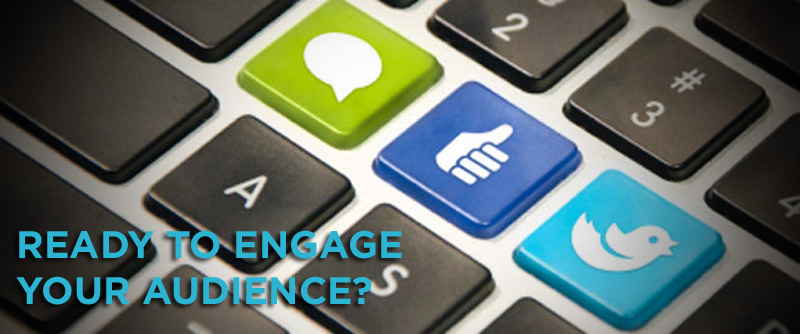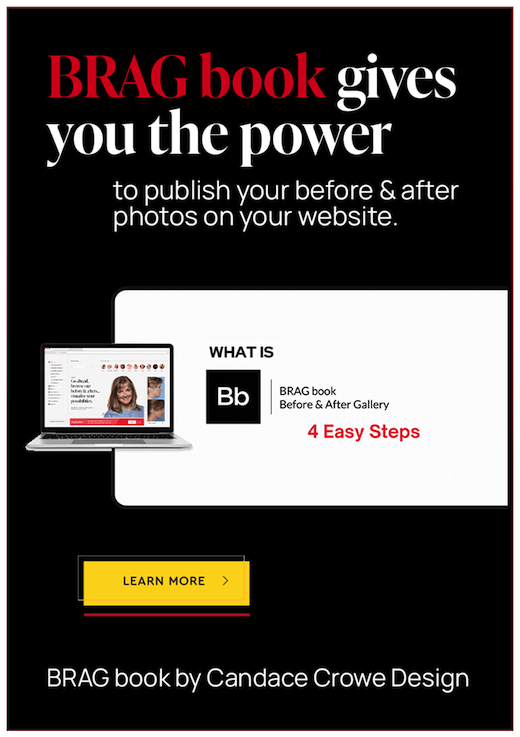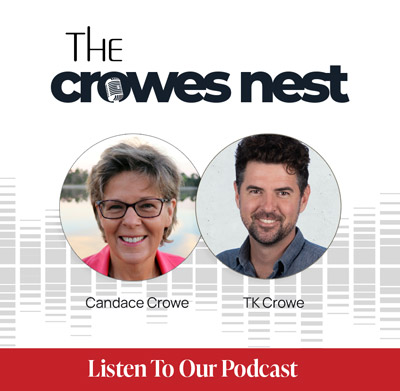Engage patients the way they want to be engaged
Quantum teleportation, laser beam weapons and heart monitors in cellphones. Technology today is revolutionary. And the biggest revolution is our unlimited, portable access to information and a timeless, many-to-many communication channel – the smartphone with social media. According to this great TED talk by Clay Shirky, many-to-many communication fundamentally democratizes access and the publication of information.
[sf_fullscreenvideo type=”image-button” btntext=”Watch Video” imageurl=”” videourl=”http://www.youtube.com/watch?v=c_iN_QubRs0″ extraclass=””]And it is timeless because all internet communication is recorded forever and can be accessed anytime in the future, so a conversation that started today can be picked up tomorrow, next week, next month or even ten years from now. How is this any different than the internet of 10 years ago? Nearly everyone uses the internet, most carry an internet connection in their pocket, and everyone can connect to everyone else through social media. So what does that mean for your practice? Here’s a real-life example from one plastic surgeon.
A woman interested in breast augmentation accessed the Facebook page of one of our clients and publicly asked to speak with former patients for a candid evaluation (an example of one to many). Our client, the surgeon, quickly responded to her post and suggested that she come in for a consult, and he can help her connect with patients. Turns out that she had already booked a consult and was just curious to hear from others.
If this were an anonymous post on a review site or forum, that’d probably be the end of the discussion, but she was logged into her Facebook account. Not only did her friends probably see her post on his page through their News Feed, they probably then saw how fast he responded. In many-to-many communication, everyone can produce a message for everyone to see, and everyone can respond in kind. And in the News Feed, they are given equal weight – a post from a New York Times columnist and a rejoinder by Uncle Jimmy look just the same to the casual viewer.
Two weeks after this conversation started, another woman picked up the conversation (the timeless nature of today’s communication). She (a member of the many responding to one) wanted the same patient reviews AND wanted to see more Before and Afters – the surgeon only had a couple on his website . The original poster responded almost instantly “via mobile.” Her consult must have gone well; she announced she was having her pre-op today and was excited. She also let everyone know “he’s got lots more Before and Afters in his office.”
People interested in aesthetic treatments are less and less shy about their desires, and they can and will hold public discussions about your services. The average Facebook user has 229 friends and this particular client of ours has 355 fans. Roughly estimated, the three involved in this discussion could have reached 813 people.
Our client was ready to participate in this conversation, but didn’t have the digital resources to answer or meet the demand for reviews or additional Before and Afters. Despite this, 813 people may have found out that he has plenty to see in his office, and any future researcher will find that information. Are you ready and able to engage patients the way they want to be engaged?




